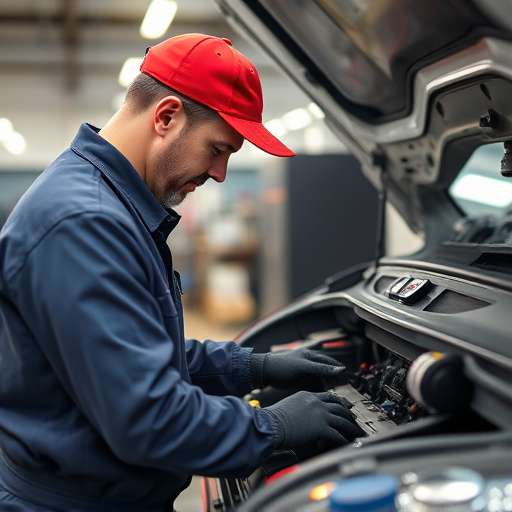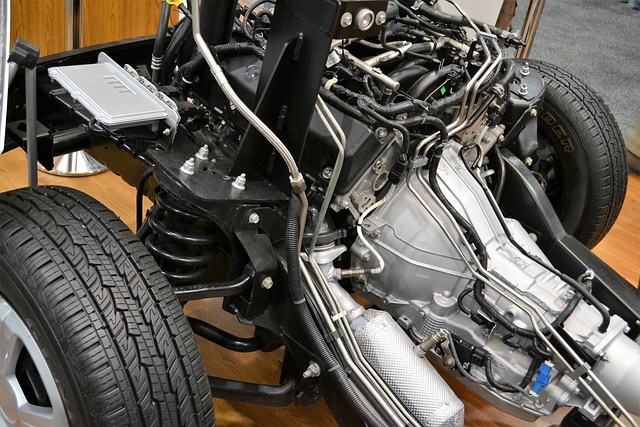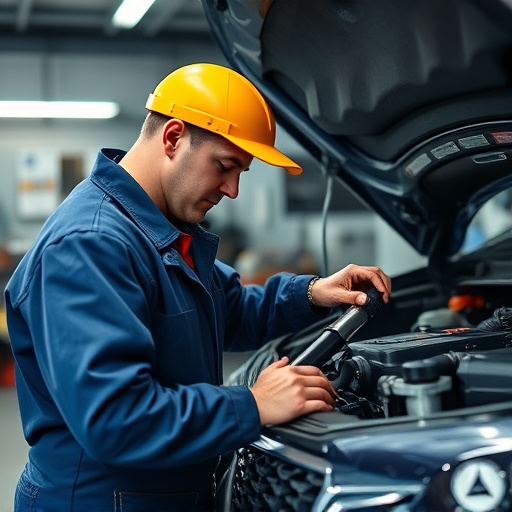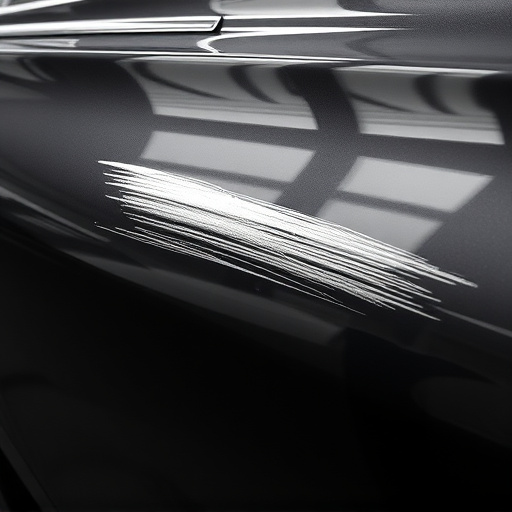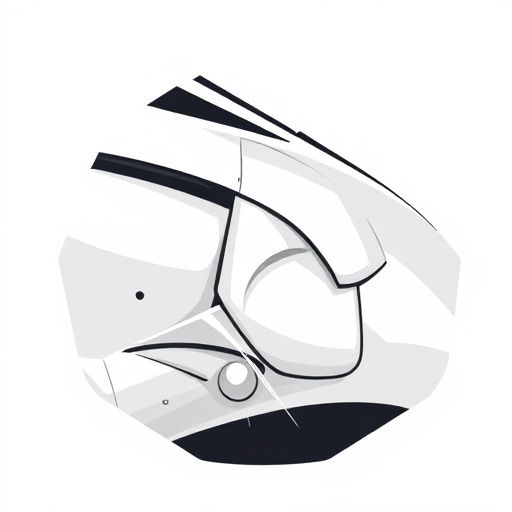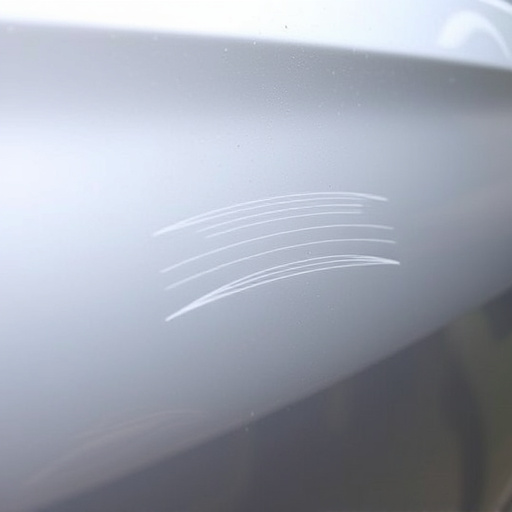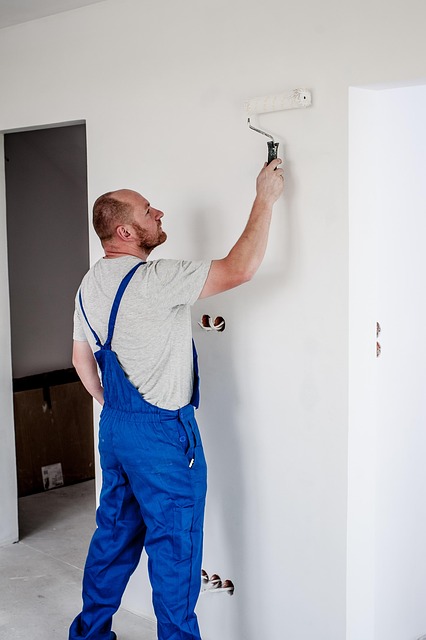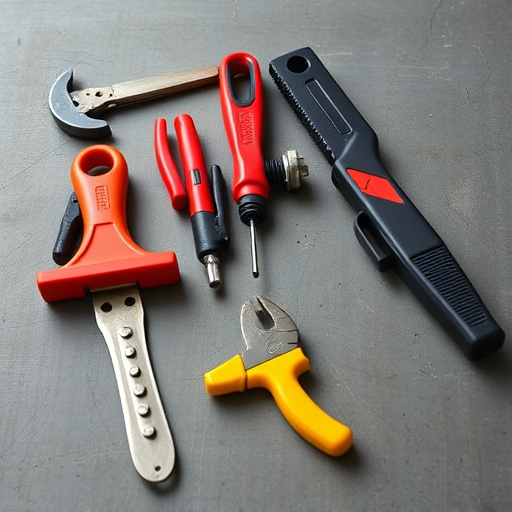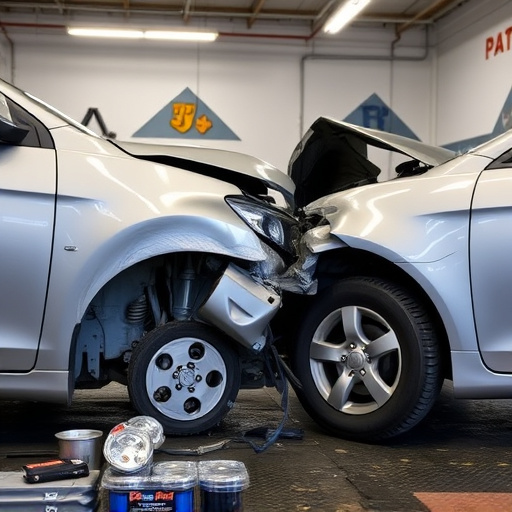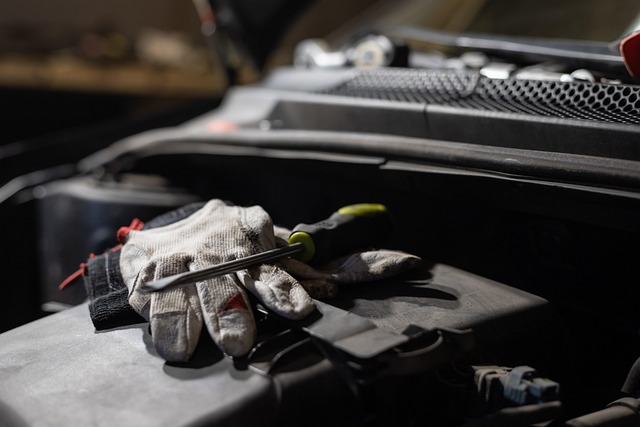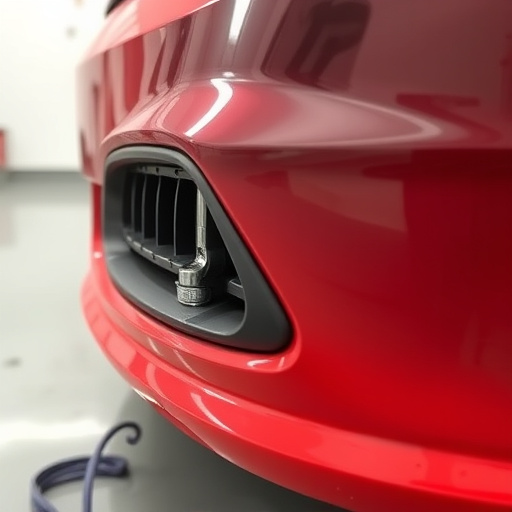OEM repair procedures have revolutionized the auto repair industry, mandating stricter quality control and precision work. Independent shops face challenges like higher investment in training and equipment but gain opportunities to offer specialized services and enhance customer satisfaction. Digitalization streamlines processes through real-time data exchange, advanced software for collision damage repair, and improved efficiency, transparency, and vehicle care.
The auto repair industry has undergone a significant transformation with the evolution of Original Equipment Manufacturer (OEM) repair procedures. As standards and quality control measures have tightened, independent repair shops have had to adapt. This shift has driven innovation, improved vehicle safety, and enhanced customer satisfaction. In this article, we explore how OEM standards impact both shops and consumers, while also delving into future trends like digitalization and streamlined processes that promise further disruption in the industry.
- Evolution of OEM Standards and Quality Control
- Impact on Independent Repair Shops and Consumers
- Future Trends: Digitalization and Streamlined Processes
Evolution of OEM Standards and Quality Control
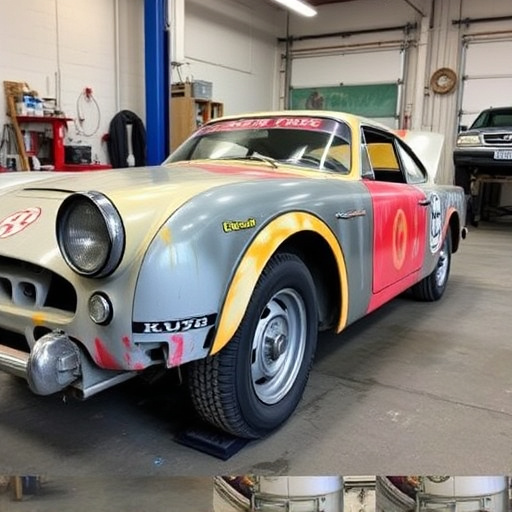
The evolution of OEM (Original Equipment Manufacturer) standards has been a game-changer for the auto repair industry. As vehicle manufacturers strive to enhance safety and performance, their specifications for parts and repair procedures have become increasingly stringent. This shift has driven the industry towards higher quality control measures. Today, auto body services and vehicle body repair shops are expected to adhere to rigorous OEM repair procedures, ensuring precision and consistency in every repair.
This transformation has not only raised the bar for car restoration but also empowered technicians with advanced training and tools. The focus on standardizing repair processes has led to improved outcomes, reduced warranty claims, and enhanced customer satisfaction. By embracing these changes, auto repair businesses can stay competitive and meet the evolving expectations of both manufacturers and vehicle owners.
Impact on Independent Repair Shops and Consumers
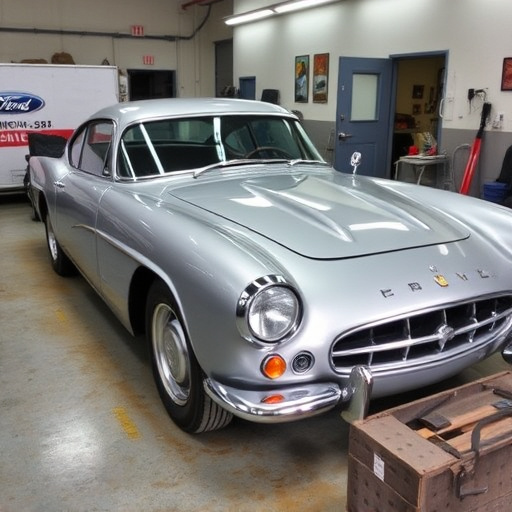
The implementation of OEM (Original Equipment Manufacturer) repair procedures has significantly reshaped the auto repair industry, presenting both challenges and opportunities for independent repair shops and consumers alike. On one hand, these standardized procedures ensure that car repairs are carried out with precision and consistency, adhering to the manufacturer’s specifications. This benefits consumers by guaranteeing high-quality work and potentially extending the lifespan of their vehicles. For example, a Mercedes Benz repair shop now follows strict OEM protocols, ensuring every replacement part meets the brand’s exacting standards.
However, independent repair shops have had to adapt to this new landscape. With OEM procedures becoming the industry norm, these shops must invest in specialized training and equipment to stay competitive. This shift has encouraged many car repair shops to evolve their business models, offering more specialized services and fostering a deeper understanding of vehicle technology. Consumers, too, benefit from this evolution as it often leads to more transparent pricing and an increased focus on customer satisfaction, even if the cost of repairs might be slightly higher than traditional methods.
Future Trends: Digitalization and Streamlined Processes
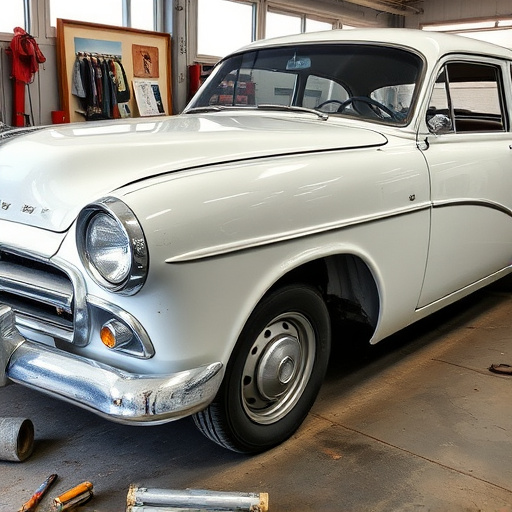
As the automotive industry continues to evolve, digital transformation is at the forefront of shaping the future of OEM repair procedures. The integration of advanced technologies in auto repair shops is revolutionizing the way vehicles are serviced and repaired. Digitalization streamlines processes, enabling efficient data exchange between manufacturers, parts suppliers, and car body shops. This connected ecosystem facilitates faster turnaround times, as information can be shared instantaneously, reducing errors and enhancing overall productivity.
The trend towards digitalization also includes the adoption of specialized software for collision damage repair, allowing for precise measurements and virtual assessments. This not only improves the accuracy of repairs but also reduces costs associated with unnecessary work. With these future trends, the auto repair industry is poised to become more efficient, transparent, and customer-centric, further solidifying the impact of OEM repair procedures on enhancing overall vehicle care.
OEM repair procedures have significantly reshaped the auto repair industry, raising standards and offering consumers more options. This evolution has challenged independent shops to adapt, leading to a competitive yet innovative landscape. As we look ahead, digitalization and streamlined processes are poised to further revolutionize repairs, making them faster, more efficient, and accessible for all. OEM’s ongoing commitment to quality control ensures that these advancements maintain the safety and reliability that modern vehicles demand.
